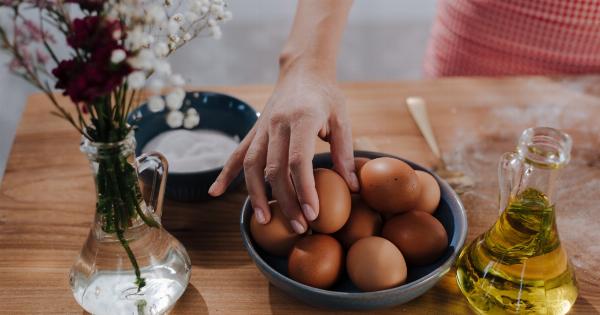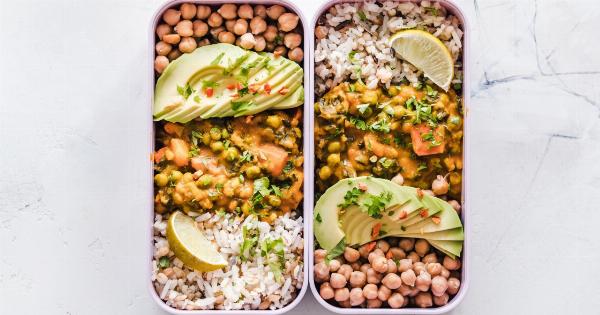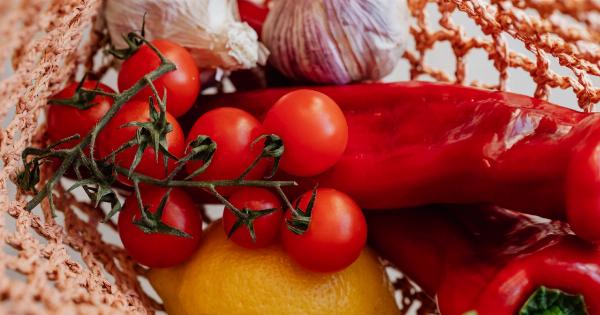Extra virgin olive oil (EVOO) is a healthy addition to any diet. It is a great source of monounsaturated fats, which are known to reduce the risk of heart disease and stroke. But, is it a good idea to cook with EVOO?.
Smoke Point of EVOO
The smoke point is the temperature at which an oil starts to smoke and break down. When an oil is heated past its smoke point, it releases toxic smoke, free radicals, and other harmful compounds.
These compounds can cause inflammation, oxidative stress, and cellular damage in the body.
Extra virgin olive oil has a relatively low smoke point, ranging from 325-375°F (163-190°C). This means that it should not be used for high-temperature cooking methods such as frying, sautéing, or grilling.
When heated to these high temperatures, EVOO breaks down and can become rancid, producing carcinogenic compounds. The smoke point of EVOO is much lower than other cooking oils such as avocado oil, coconut oil, or grapeseed oil, which have smoke points between 400-500°F (204-260°C).
Chemical Changes that Occur When Cooking with EVOO
When EVOO is exposed to heat, light, and oxygen, it undergoes chemical changes that alter its flavor, aroma, and nutritional profile. The high content of monounsaturated fats makes it prone to oxidation, which generates harmful free radicals.
Cooking with EVOO can cause the following chemical changes:.
- Reduction in polyphenol content – Polyphenols are natural antioxidants found in EVOO. They protect against oxidative damage and have anti-inflammatory and anti-cancer benefits. When EVOO is heated, the polyphenols degrade, reducing the health benefits of the oil.
- Increase in trans fats – Heating EVOO can cause the conversion of some of its unsaturated fats into trans fats. Trans fats are unhealthy fats that increase the risk of heart disease, stroke, and diabetes.
- Development of harmful compounds – When EVOO is heated to high temperatures, it can form acrolein, a toxic compound that irritates the eyes, nose, and throat. It can also create advanced glycation end products (AGEs), which are linked to inflammation, aging, and chronic diseases such as diabetes and Alzheimer’s disease.
- Alteration of flavor and aroma – When EVOO is heated, it loses its fruity, grassy, and nutty flavors and develops a bitter, burnt taste. This can affect the taste of the food negatively.
Alternatives to EVOO for Cooking
If you want to cook with a healthy oil, but not EVOO, there are several alternatives that have higher smoke points and are more stable at high temperatures:.
- Avocado oil – Avocado oil is high in monounsaturated fats and has a smoke point of 520°F (271°C). It can be used for all types of cooking including frying, baking, and grilling. Avocado oil has a mild flavor and is well-suited for savory dishes.
- Coconut oil – Coconut oil is rich in medium-chain fatty acids and has a smoke point of 350°F (175°C). It is perfect for baking, stir-frying, and roasting. Coconut oil has a sweet, nutty flavor and is suitable for both sweet and savory dishes.
- Grapeseed oil – Grapeseed oil is high in polyunsaturated fats and has a smoke point of 420°F (215°C). It is ideal for searing, sautéing, and stir-frying. Grapeseed oil has a neutral flavor and works well in dishes that require a light taste.
When to Use EVOO
EVOO should not be used for high-temperature cooking methods, but it can still be used for other purposes:.
- Dressing salads – EVOO is perfect for making salad dressings, marinades, and dipping sauces.
- Drizzling over cooked food – EVOO can be used to add flavor to cooked food such as pasta, steamed vegetables, or grilled meats.
- Low-heat cooking – EVOO can be used for low-heat cooking methods such as poaching, steaming, or slow-cooking.
Conclusion
Cooking with extra virgin olive oil should be avoided due to its low smoke point and susceptibility to oxidation. When heated, EVOO undergoes chemical changes that alter its nutritional profile and flavor.
While EVOO is a healthy addition to any diet, it should be reserved for uses that do not involve high-temperature cooking. There are several alternatives to EVOO for cooking that have higher smoke points and are more stable at high temperatures.




























